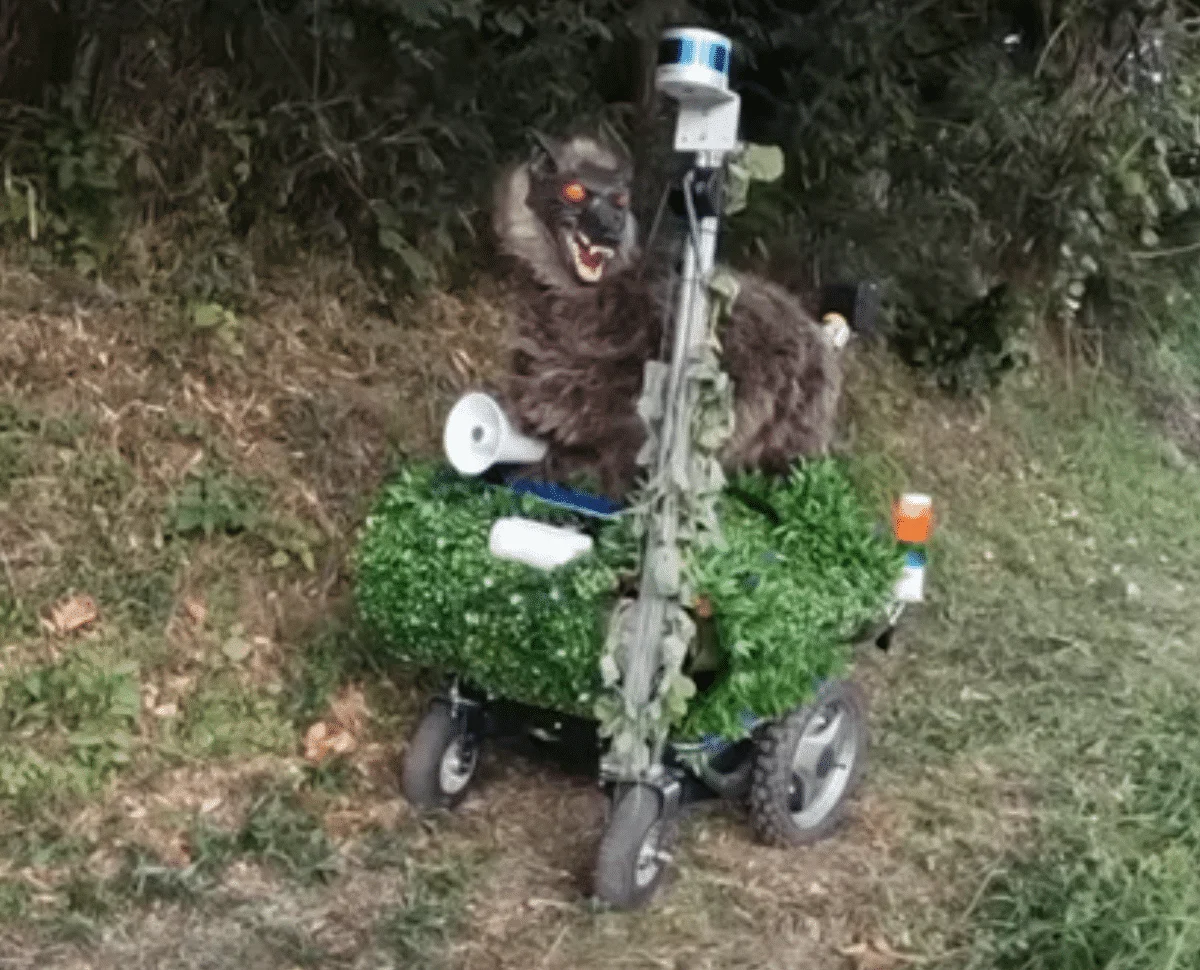Imagine a world where robot wolves roam the hillsides, guarding against bear attacks and protecting agricultural lands. In Japan, this sci-fi scenario is now a reality! Robot wolves are the latest sensation in wildlife management, and they’re changing the game when it comes to deterring wild bears and ensuring the safety of rural communities.
But how do these mechanical wolves work their magic? Why are they being used in Japan? And what makes them so effective? In this article, we’ll dive into the fascinating realm of robot wolves and discover how they are becoming a creative and non-lethal solution to mitigate human-wildlife conflicts in the Land of the Rising Sun.
A Howling Innovation: Robot Wolves on the Prowl!
Japan is no stranger to the presence of bears in its rural areas. While these creatures are an essential part of the ecosystem, they can pose significant risks to agriculture and human settlements. To address this challenge, Japanese engineers put their heads together and came up with an ingenious solution – robot wolves!
So, what sets these robotic guardians apart from your typical scarecrow? Let’s break it down:
1. Wolfish Appearance:
These robot wolves are designed to mimic the appearance of real wolves, complete with fur, snarling teeth, and menacing red eyes. This lifelike facade gives them an intimidating aura that even the boldest of bears find hard to ignore.
2. Sonic Scare Tactics:
One of the key features of these mechanized wolves is their ability to emit loud, howling noises. These eerie sounds are reminiscent of a wolf’s cry, sending shivers down the spines of nearby bears and wildlife.
3. Threatening Movements:
Robot wolves aren’t just static statues; they move! With sensors detecting any nearby movement, they can simulate the unpredictable movements of a real wolf. This unpredictability adds an extra layer of fear for any curious bears in the vicinity.
The Role of Robot Wolves
1. Protecting Agriculture:
Bears have a voracious appetite and can cause extensive damage to crops. By deploying robot wolves in agricultural areas, Japan aims to safeguard its farming communities from potential bear encounters, reducing the economic impact of bear-related incidents.
2. Safeguarding Communities:
Human safety is a top priority, especially in areas where bear-human conflicts are prevalent. Robot wolves serve as an additional layer of protection, giving peace of mind to residents and ensuring their safety.
3. Conservation and Coexistence:
Japan’s approach to wildlife management focuses on coexistence rather than elimination. By using non-lethal methods like robot wolves, the country maintains a balance between conservation and human safety.
Conclusion: A Howling Success for Japan’s Wildlife Management
In a world where humans and wildlife must learn to coexist, Japan’s robot wolves are a beacon of innovation. These mechanical guardians, with their wolfish appearance, eerie howls, and lifelike movements, have successfully prevented bear attacks and protected agricultural areas and communities.
This is a prime example of how technology can be harnessed to address human-wildlife conflicts without resorting to lethal methods. As these mechanical protectors continue to capture the world’s attention through viral videos and news coverage, they also inspire discussions about their potential applications in regions facing similar challenges.
So, the next time you hear about a robot wolf prowling the Japanese countryside, remember that it’s not just a technological marvel – it’s a symbol of innovation, coexistence, and the power of non-lethal solutions in the world of wildlife management. Japan has shown that even in the face of nature’s challenges, a howling success can be achieved through creativity and technology!
Up next:
Discovery of Endangered Gray Wolf Pack in Sierra Nevada California
Join our Forum for free today!

- The Kleptomaniac Cat That Rules Houston - July 20, 2024
- Elephant Makes a Lifelong Friend at Sanctuary in Tennessee - July 14, 2024
- Evidence For World’s Oldest Fossilized Forest Discovered in New York - July 11, 2024

